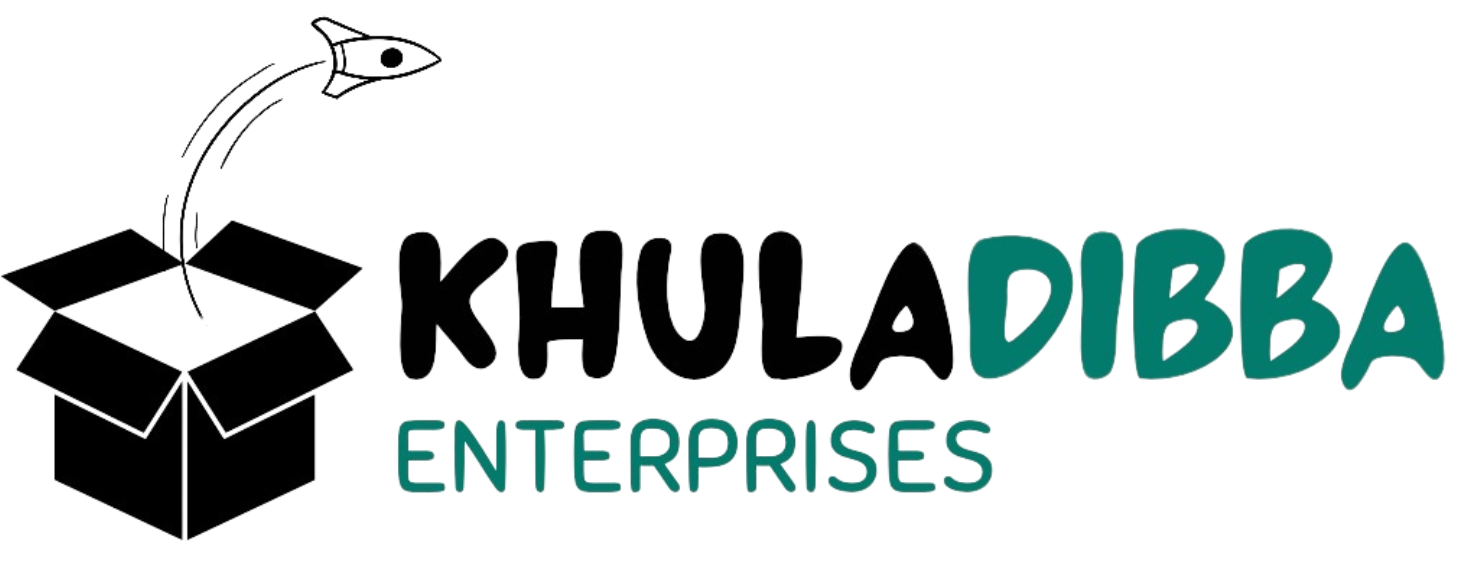💧 Smart Water Leak Detector System – Because Saving Your Home Should Be Smart Too

🌟 Introduction: Why We Needed It
It all started with a simple accident:
I walked into the kitchen one morning, half-asleep, stepped into a puddle, and nearly skated across the floor. 😳
Turns out the washing machine had a tiny leak.
Harmless? Maybe.
But if we hadn’t noticed it, the damage could have been disastrous — ruined flooring, destroyed electronics, and a massive repair bill.
That’s when we realized:
Why wait for disaster when you can detect leaks instantly?
So we decided to build a Smart Water Leak Detection System — simple, affordable, and powerful — using IoT technology.
And honestly?
It’s one of the smartest things we’ve ever done for our home. 🏡💧
🛠️ Components Needed
Here’s the beauty: the build is super simple and beginner-friendly!
| Component | Purpose |
|---|---|
| Water Leak Sensor | Detects presence of water instantly |
| ESP32/ESP8266 Board | Connects to Wi-Fi and sends notifications |
| Buzzer | Local sound alarm |
| LED | Visual warning indicator |
| Resistors, Jumper Wires | Basic wiring supplies |
| Telegram App (or Blynk) | To receive mobile alerts (via Internet) |
Optional:
- Battery backup module — so it works even during power cuts
- Multiple leak sensors — for multiple vulnerable areas!
🔧 How We Built It – Step-by-Step
1. Sensor Setup
We connected the Water Leak Sensor to the ESP32’s digital input pin.
The sensor works very simply — when water bridges its two probes, it completes a circuit, sending a HIGH/LOW signal to the microcontroller.
➡️ Tip: Test your water sensor first by dipping it slightly in a wet cloth!
2. Programming the ESP
We used the Arduino IDE to program the ESP.
Key features in the code:
- Monitor the leak sensor pin continuously
- Trigger buzzer and LED when water is detected
- Send a Telegram message instantly if a leak happens
It’s lightweight code — easy for even beginners to modify. 🎯
3. Setting Up Mobile Notifications
We chose Telegram Bot API because:
- It’s free
- Super-fast notifications
- Works worldwide 🌍
(You can also use Blynk, IFTTT, or custom apps depending on your setup.)
4. Installation Points
We placed sensors strategically:
- Under the washing machine
- Behind the kitchen sink
- Near bathroom pipes
- Around the water heater tank
➡️ Pro Tip: Install them slightly raised to avoid false alarms from floor cleaning!
📲 How It Works — Simple and Brilliant
- Sensor detects water.
- ESP32 reads the change → Activates buzzer + LED locally.
- Simultaneously, it sends an instant alert to our phone:
- “⚠️ Water Leak Detected in Kitchen! Check immediately!”
Result:
We know within seconds if there’s a leak — even if we’re miles away.
🎯 Real-World Benefits We Saw
- Prevented major water damage from a dishwasher malfunction 💸
- Caught a small leak behind the toilet early (before it rotted the wall!) 🚽
- Total peace of mind when traveling ✈️
🚀 Future Upgrades We’re Planning
- Automatic water valve shutoff when a leak is detected
- Solar-powered sensors for remote outdoor areas
- Integration with full Home Assistant dashboard
💬 Final Thoughts
Building the Smart Water Leak Detector wasn’t just another DIY project.
It felt like future-proofing our home — making it smarter, safer, and a little more magical.
If you care about your home, your electronics, and your wallet — this is one IoT project you seriously need to build.
Simple. Affordable. Absolutely worth it. ✅
